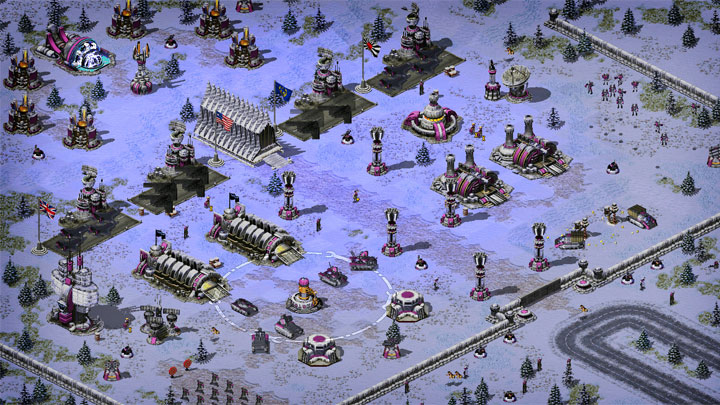
PHASE0_INITIALIZATION_FAILED is, like the rest of the blue screen errors in Windows 10, a very annoying bug. How to Get Rid of the Windows BSOD 0x00000031 Error Now that you know the causes, it’s time to learn of solutions. An incomplete Windows update installation can lead to the same thing. Installing corrupt update files can cause the error.

Tampering with the registry by an individual, virus or unauthorized application can lead to the error. A corrupt driver, meanwhile, is basically unusable, leading to errors, including the 0x31 BSOD, when the system’s commands are ignored. An obsolete driver can cause problems because it can’t keep up with the newest firmware. Incompatible drivers won’t work at all and cause errors when the OS tries to communicate with them. Damage can happen to system files, the core system image, a system driver, or another system component. If the operating system is damaged in some way, this can lead to the PHASE0_INITIALIZATION_FAILED error. Prolonged lack of either can cause system operations to break down. Windows needs sufficient space to work properly and also needs enough memory space to load applications into. This applies to both the hard drive and memory. We present a few of the known causes below: There are several reasons why the blue screen error with the code 0x31 can occur on Windows 10. What Causes the Windows 10 Error 0x00000031? The system boot-up operation failed before it got to an advanced stage. The error is, therefore, the result of a failed attempt to initialize Windows startup.

In order words, the system failed when trying to boot into Windows, hence the blue screen.
But what does PHASE0_INITIALIZATION_FAILED actually mean?Īccording to Microsoft, that bug check message means that system initialization failed at an early stage. What is the Windows update error 0x00000031? This BSOD is certainly frustrating.


 0 kommentar(er)
0 kommentar(er)
